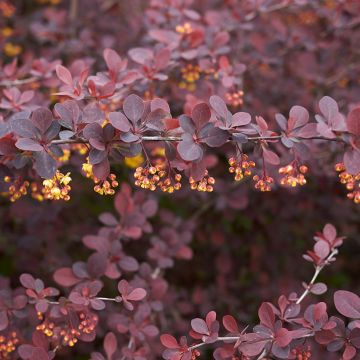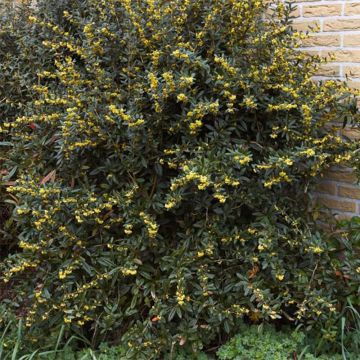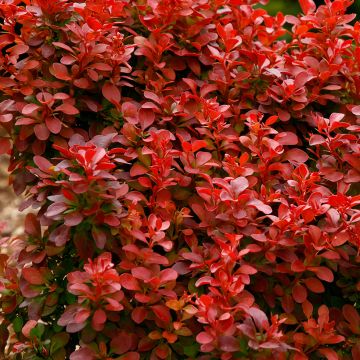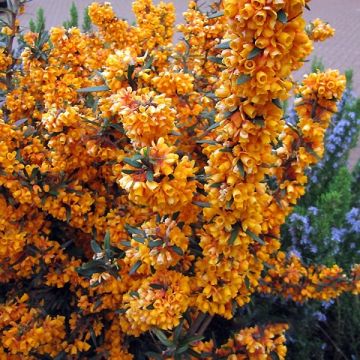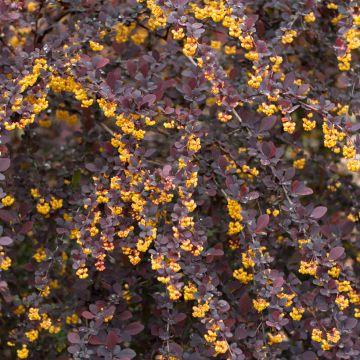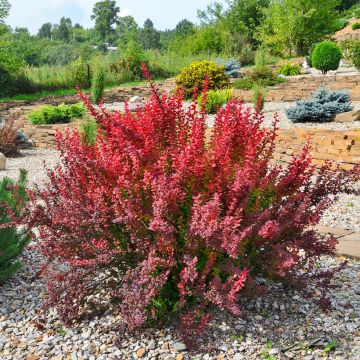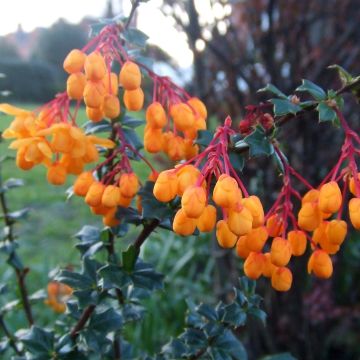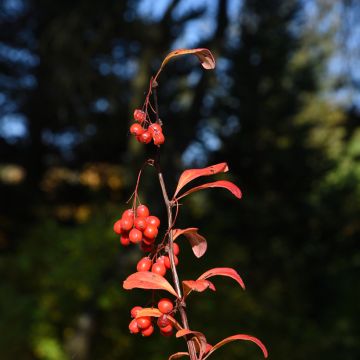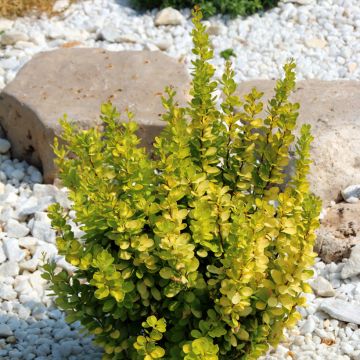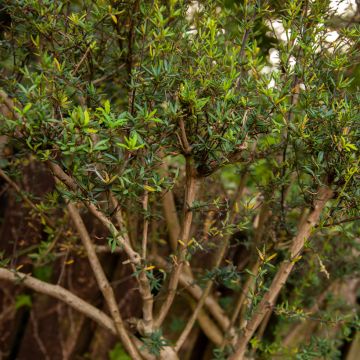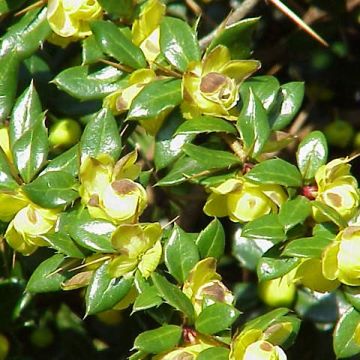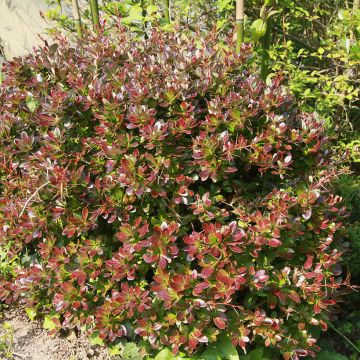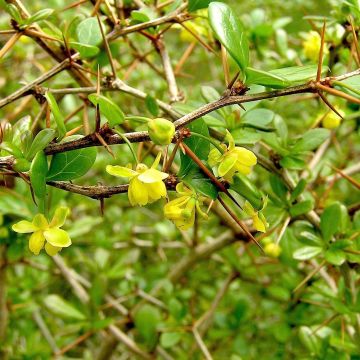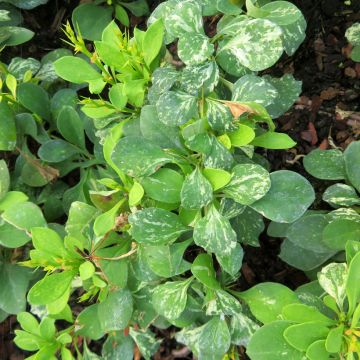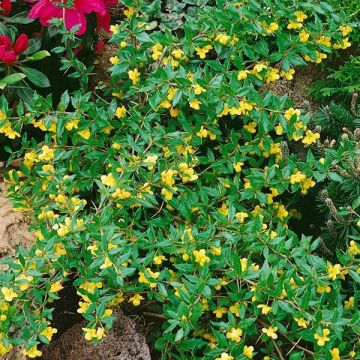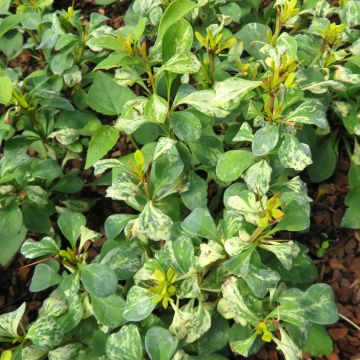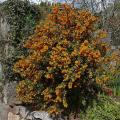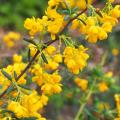Hedge Berberis
Does this plant fit my garden? Set up your Plantfit profile →
Available in 3 sizes
Available in 2 sizes
Available in 1 sizes
Available in 1 sizes
Available in 1 sizes
Available in 2 sizes
Available in 2 sizes
Available in 1 sizes
Available in 1 sizes
Available in 2 sizes
Available in 1 sizes
Available in 1 sizes
Available in 1 sizes
Available in 1 sizes
Available in 1 sizes
Available in 2 sizes
Available in 2 sizes
Available in 2 sizes
Available in 1 sizes
Available in 1 sizes
Available in 1 sizes
Available in 1 sizes
Available in 1 sizes
Available in 1 sizes
Available in 1 sizes
Available in 1 sizes
Available in 1 sizes
Available in 1 sizes
A selection of Berberis bushes to plant in a defensive or decorative hedge. Like the purple barberry (B. thunbergii 'Atropurpurea') or the Darwin barberry, these vigorous, often thorny, deciduous or evergreen shrubs are both hardy, very undemanding, almost maintenance-free, and tolerate pruning. Deciduous varieties are interesting for their foliage which will bring colour to the garden. While evergreen Berberis offer year-round presence, with their shiny green leaves and abundant spring flowering. These bushes allow for the creation of beautiful privacy or windbreak hedges. Combining different species and cultivars allows for the creation of a multicoloured hedge throughout the seasons. In a tall hedge, opt for large bushes, such as Berberis julianae which can reach 3m (10ft) in height or Berberis ottawensis ‘Superba’ for its beautiful purple leaves. In a medium hedge, choose medium-sized cultivars, such as Berberis thunbergii which reaches 1.50m (5ft) in height at maturity or Berberis linearifolia ‘Orange King’ for its evergreen foliage and sumptuous flowering. With their naturally bushy and dense habit, Berberis do not require any special maintenance and they will be perfect for forming an informal hedge. Moreover, they tolerate being pruned 1 to 2 times a year to form a neat hedge.
Haven't found what you were looking for?







































